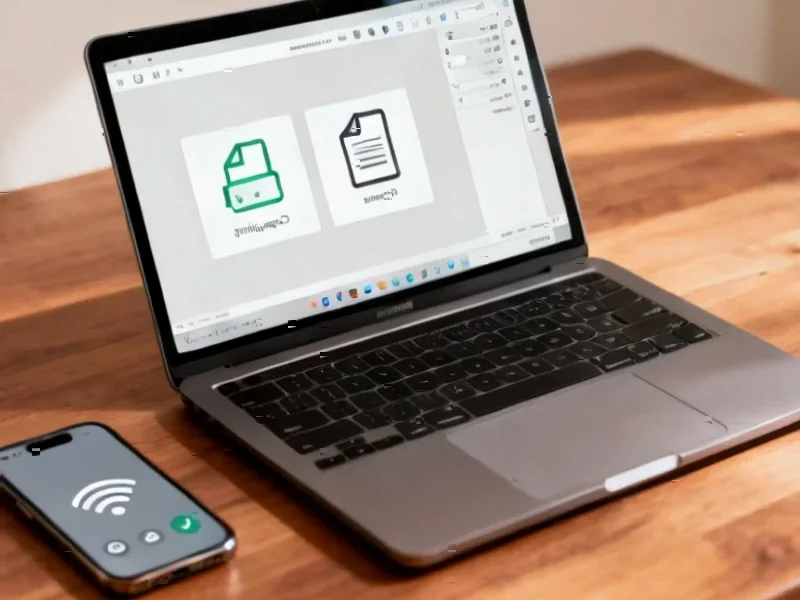According to TechSpot, Microsoft has finally resolved a longstanding Windows bug where the “Update and shut down” option would restart computers instead of properly shutting them down after applying updates. The issue affected both Windows 10 and Windows 11 users for over a decade, causing particular problems for laptop users who would return to find drained batteries. The fix comes through Windows 11 servicing stack update KB5067035 (version 26100.7010), which Microsoft says improves servicing stack performance without providing specific technical details about the root cause. The update is being distributed through gradual and normal rollout phases as an optional non-security patch, giving users the choice to install it or skip it given Windows 11’s mixed update reliability history. This long-awaited fix addresses what had become a persistent source of user frustration.
The Technical Debt Behind the Bug
What makes this bug particularly fascinating from a technical perspective is how it reveals the architectural challenges of Windows’ update system. The core issue stems from Windows’ inability to update files while they’re in use – a fundamental limitation that requires the system to boot into an offline servicing environment. This isn’t just a simple programming error; it’s a structural problem that dates back to Windows’ earliest days. The fact that this persisted through multiple Windows versions suggests Microsoft was prioritizing stability over fixing what they likely considered a minor inconvenience. When you’re dealing with an operating system used by over a billion people, even seemingly simple changes can have unexpected consequences throughout the ecosystem.
Why This Bug Mattered More Than Microsoft Realized
While Microsoft might have viewed this as a minor annoyance, the real-world impact was substantial. For business users, this meant wasted time and productivity as employees had to log back in and restart their workflows. For remote workers, it could mean missing critical morning meetings when their laptops unexpectedly rebooted overnight. The battery drain issue for laptop users was particularly problematic – coming back to a dead machine could mean hours of lost productivity while waiting for it to recharge. This bug essentially trained users to distrust Windows’ update system, which has broader implications for security when people avoid updates altogether.
The Update Reliability Paradox
The cautious approach many users will take with this optional update highlights a deeper problem for Microsoft. Windows 11’s update track record has been notoriously inconsistent, creating a situation where users must weigh fixing one problem against potentially creating new ones. This creates a vicious cycle: when users skip updates due to reliability concerns, they miss both fixes and security patches, potentially leading to more problems down the line. Microsoft’s gradual rollout approach acknowledges this reality, but it also means many users will continue experiencing the bug for months while the company verifies the fix doesn’t introduce new issues.
What This Says About Windows Development
The decade-long persistence of this bug reveals important insights about Microsoft’s development priorities. Simple quality-of-life improvements often take a backseat to major feature development and security concerns. This isn’t unique to Microsoft – most large software companies struggle with balancing new features against technical debt. However, the fact that such a visible, user-facing issue persisted for so long suggests Microsoft may need to reevaluate how it prioritizes user experience improvements. As users increasingly expect seamless experiences from their devices, these small frustrations can accumulate into significant brand perception problems.
The Road Ahead for Windows Updates
This fix represents more than just resolving a single bug – it’s a test case for whether Microsoft can successfully address long-standing user complaints without introducing new problems. If this update proves stable and reliable, it could signal a positive shift in Microsoft’s approach to quality-of-life improvements. However, if users encounter new issues, it will reinforce the skepticism that has built up over years of problematic Windows updates. The real success metric won’t be whether this specific bug is fixed, but whether Microsoft can rebuild user trust in its update process overall.




